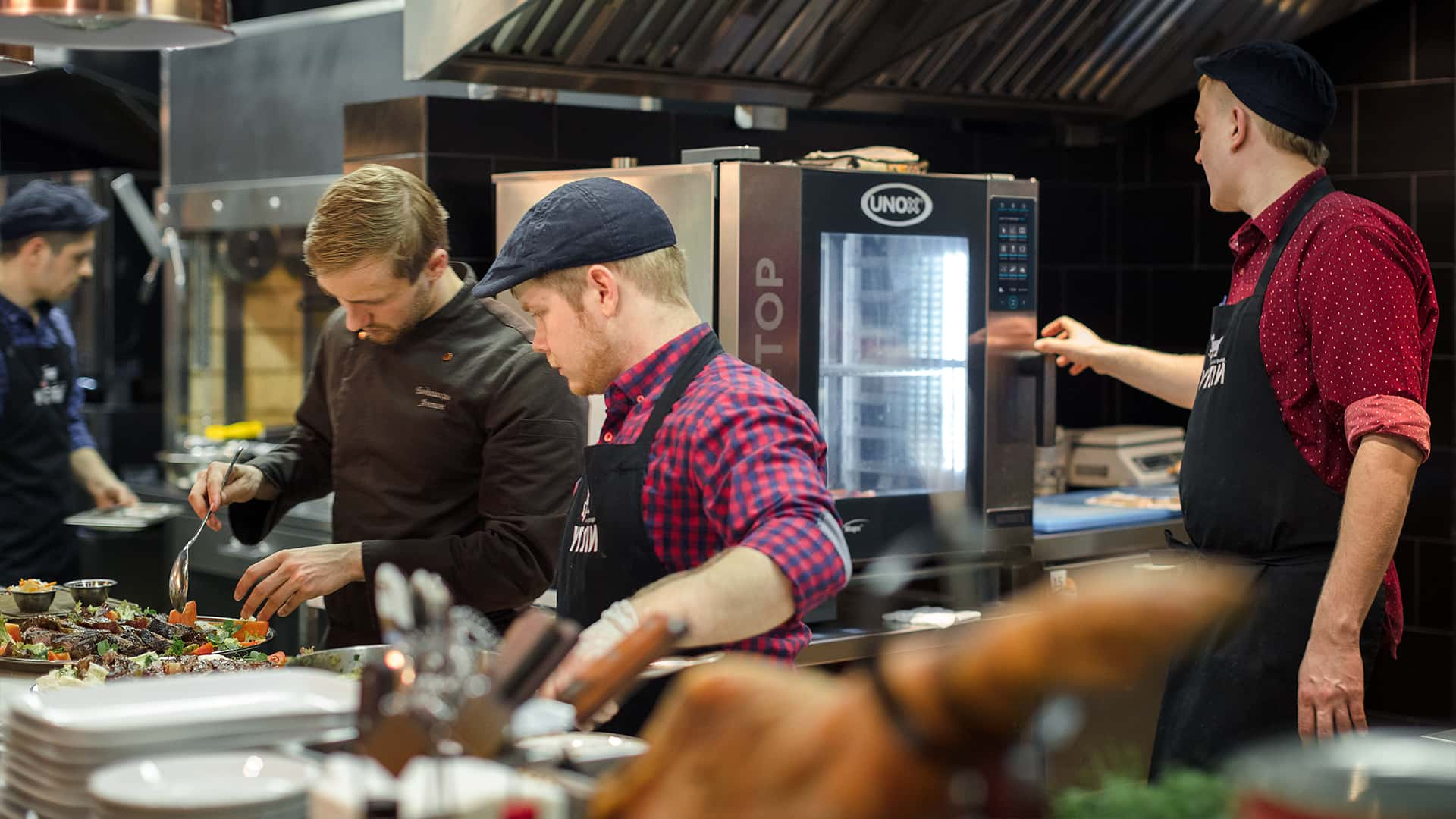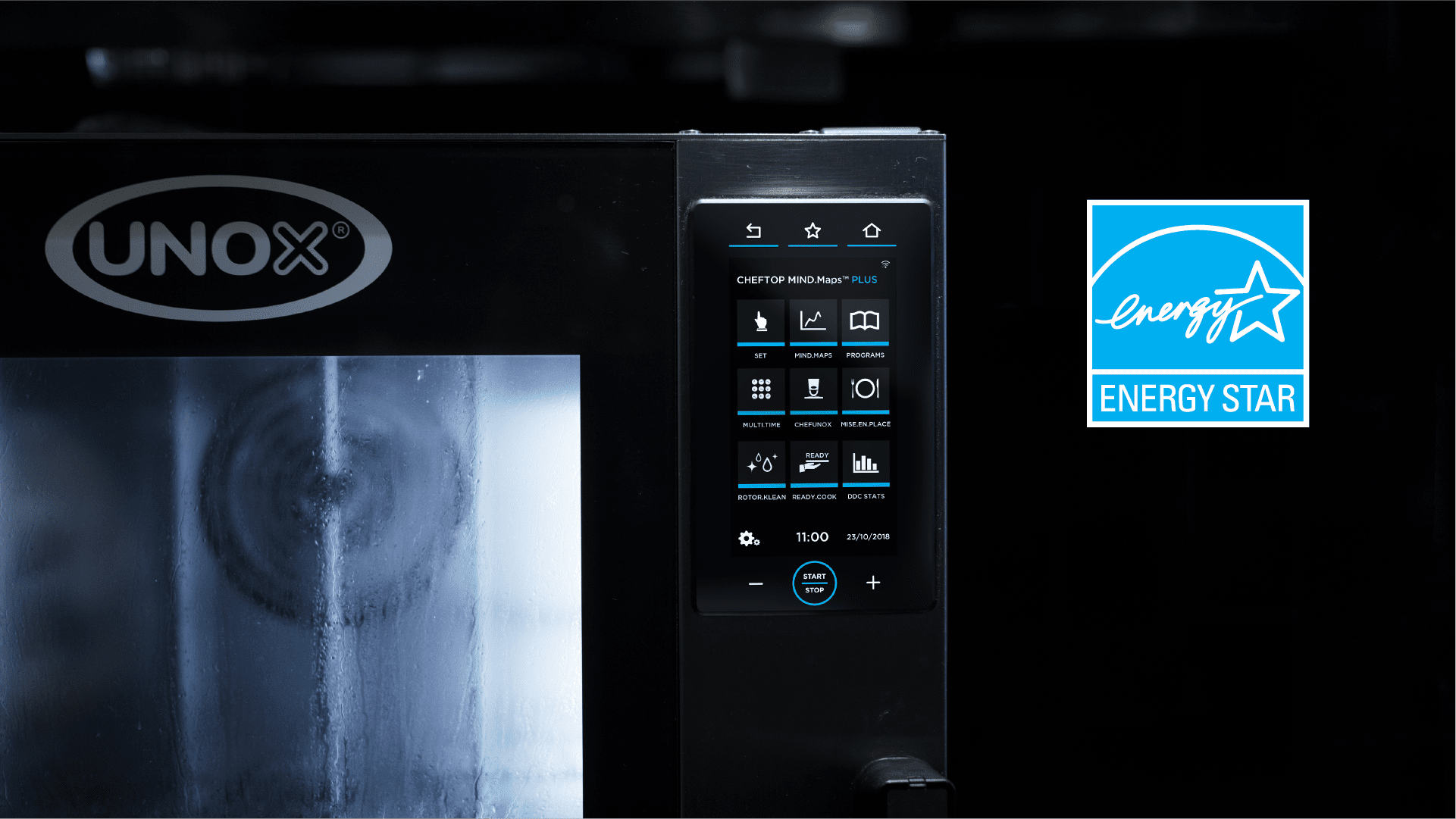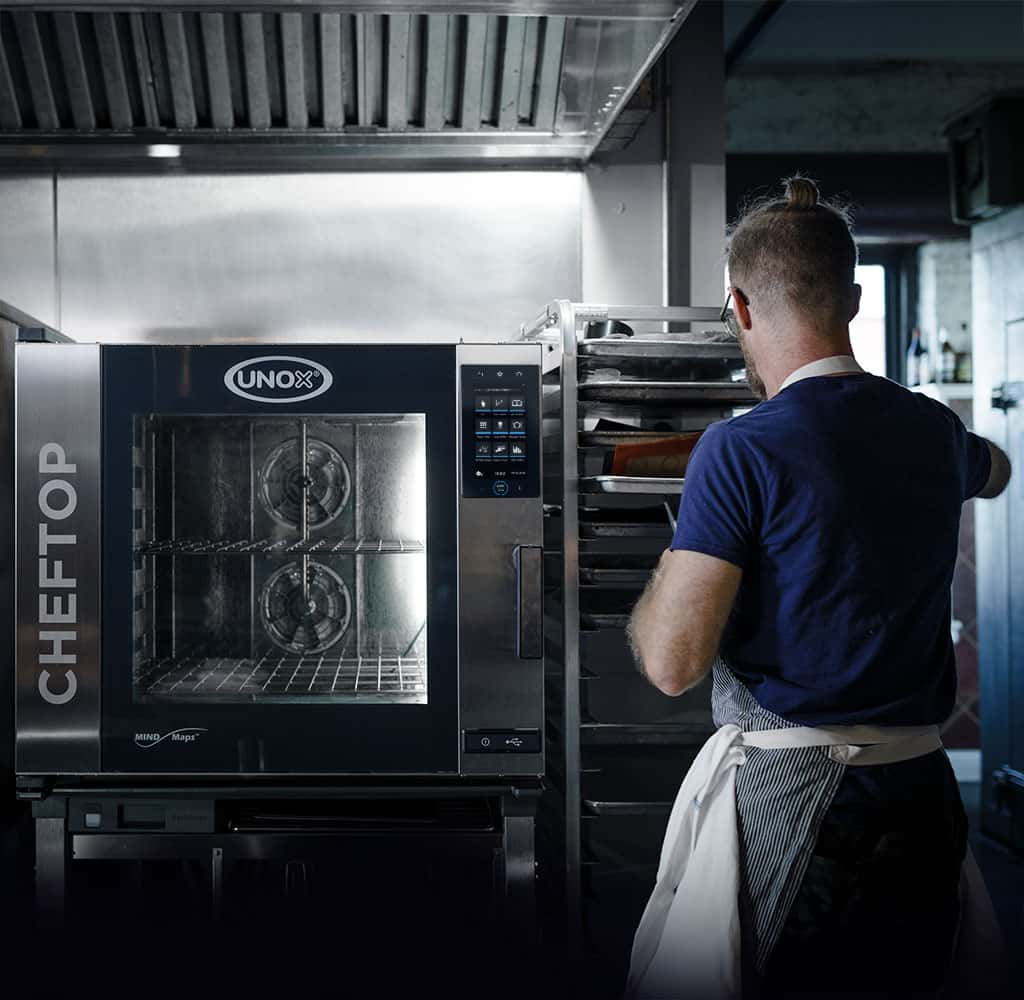What is a commercial convection oven and what it’s used for?
Does a commercial convection oven need a hood?
In most cases, a commercial convection oven does require a hood, but this is not always a strict legal obligation, particularly when it comes to electric professional ovens. Whether a hood is necessary depends on several key factors, such as the oven’s power source, the type of cooking it is used for, and local safety and health regulations.
Electric commercial convection ovens, for instance, may not need a hood if they are equipped with integrated filtration or steam-reduction systems and if their use does not produce significant smoke, grease-laden vapors, or strong odors. On the other hand, gas ovens generally do require a hood, as they tend to emit combustion byproducts that must be properly ventilated.
The type of food being cooked also plays a significant role. When cooking fatty foods like meats, the resulting smoke and vapors usually make a hood necessary. However, for lighter preparations such as baking bread or pastries, especially in electric ovens, a hood may not be required.
Ultimately, the decision often comes down to local regulations, which can vary significantly from one city or country to another.
From power to size, what factors should you consider when choosing the best commercial convection oven for your business?
Power: Gas vs Electric commercial convection oven, which is the best?
From commercial countertop convection oven to larger models, there are many size avaible
One of the primary considerations is the size of your commercial convection oven. Smaller establishments may benefit from a compact countertop model, while larger restaurants and bakeries might require spacious BIG models, also known as floor models, or roll-in fan ovens to accommodate high production demands. Assessing your kitchen space is also crucial to ensure that the selected oven fits comfortably without disrupting workflow. Here are the main types of commercial convection ovens available:
- Countertop convection ovens, compact (20-30 inches wide, 20-24 inches deep, 12-20 inches high), ideal for small kitchens or establishments with limited space, offering the same efficiency as larger models.
- Big convection ovens or Floor models, larger (36-40 inches wide, 30-40 inches deep, 60-70 inches high), designed for high-volume cooking in restaurants, with robust design and available in single or double-stack configurations.
- Roll-in convection ovens, equipped with racks that roll in and out for easy loading, with ample space (30-40 inches wide, 30-40 inches deep, 70-80 inches high), perfect for baking and ensuring uniform results.
Choose a commercial convection oven that is easy to clean and maintain for a long-term investment
When investing in a commercial convection oven, knowing how to properly clean and maintain it is essential for long-term performance, safety, and efficiency. Regular maintenance not only extends the life of the oven but also ensures consistent cooking results, day in and day out.
To simplify cleaning and reduce labor time, look for commercial convection ovens designed with maintenance in mind. Key features include:
- Removable racks and trays for easy access
- Smooth, rounded stainless steel interiors that prevent buildup
- Accessible components for quick routine cleaning and servicing
These elements help reduce kitchen downtime and labor costs while maintaining top hygiene standards. For example, Unox commercial convection ovens feature both for electric and gas models, rounded stainless steel cooking chambers designed specifically to make cleaning easier and more effective.
However, it’s important to consider that commercial convection ovens typically do not include humidity injection or require a water connection. As a result, they are not compatible with automatic washing systems, which generally ensure a deeper and safer level of cleaning. While this limitation may not be critical when baking or cooking frozen products, it can become more of an issue when preparing greasy or complex dishes, such as roasted chicken or meats. In such cases, a commercial combi oven is strongly recommended, as it provides steam capabilities and self-cleaning programs designed specifically for these more demanding applications.
To support manual cleaning, Unox offers a complete line of certified detergents, formulated for different surfaces to ensure maximum protection and hygiene. And there’s more: when you choose Unox, you also gain access to scheduled maintenance programs and warranties on spare parts, giving you peace of mind and protecting your long-term investment.
Cooking performance that meets professional demands
Beyond ease of maintenance, it’s essential to evaluate a commercial convection oven’s cooking performance. Features like programmable controls, multiple cooking modes, and precise temperature management can significantly enhance kitchen productivity and ensure consistent results. There are many types of fan ovens on the market, each offering different cooking programs and functionalities. Some of the best commercial convection ovens for baking come equipped with steam injection capabilities, which are particularly beneficial to create the perfect crust and texture in baked goods. However, it’s important not to confuse these with combi ovens, which combine steam and convection cooking. Commercial combi ovens are more suitable for restaurants that require versatility to prepare a wide variety of dishes and cooking styles.
Convection ovens with humidity cannot provide the precise steam control required for specific cooking techniques like steam cooking, air frying, or sous-vide, especially when cooking at full capacity. Sous-vide cooking, for example, requires precise water temperature control (50°C to 85°C) and stable, long-duration cooking, which a convection oven cannot achieve, even with steam or humidity functions. A commercial convection oven is not designed to cook vacuum-sealed food in water and cannot maintain the necessary temperature stability like a circulator or water bath.
Differences between commercial convection oven with steam and professional combi oven
Both commercial convection ovens with steam and professional combi ovens use moisture to enhance cooking, but they’re designed for different culinary needs. Commercial convection ovens with steam are mainly used in bakeries and patisseries, where injecting steam into the baking chamber helps achieve golden crusts and moist interiors in bread, croissants, and other pastries. Their focus is on improving baking quality, especially for high-volume production of specific baked goods.
Professional combi ovens, instead, offer far more flexibility. They combine convection, steam, or a mix of both, and sometimes even microwave technology, allowing chefs to cook a wide range of dishes: from roasting meats to steaming vegetables or poaching fish. This versatility makes combi ovens ideal for restaurants, hotels, and catering services where diverse cooking methods are needed throughout the day.
In addition, combi ovens ensure better cooking consistency, especially when large quantities of food are loaded. Unlike commercial convection ovens, which cannot control moisture released during cooking, advanced combi ovens automatically adjust humidity levels in real time. Making them also ideal for delicate pastry preparations like macarons or meringues, where precise humidity extraction is essential for perfect results.
Ultimately, the right choice between a commercial convection oven or a combi oven, depends on your menu and kitchen workflow. If you specialize in baking, a steam-equipped fan oven may meet all your needs. But if you’re looking for a multifunctional commercial oven that saves space and replaces multiple appliances, a combi oven is likely the better long-term investment.
Not sure which oven suits your needs? Check out our article comparing different types of combination ovens to help you make the right decision!
What are the requirements of the best commercial convection oven for bakery?
When selecting the best commercial convection oven for a bakery, there are several key factors to consider that directly impact both the quality of your baked goods and the efficiency of your kitchen. The ideal oven should not only provide consistent and reliable cooking performance but also offer features that can be tailored to the specific needs of baking, from breads to pastries. Here are the most important requirements for the best commercial convection oven for baking:
- Even heat distribution & precise temperature control, these features are essential to ensure that every batch of baked goods is cooked evenly and consistently, preventing undercooked or overcooked areas.
- High-quality fans and efficient airflow, an effective airflow system helps eliminate hot spots within the commercial oven, ensuring that heat is evenly distributed for uniform baking results throughout.
- Fast preheating and stable temperature retention, quick preheating speeds up your baking process, while the ability to maintain a stable temperature ensures your products are consistently baked to perfection with minimal energy waste.
- Steam injection, this feature, as previously mentioned, is especially beneficial for breads and artisan pastries and helps create the perfect rise and texture even if it does not offer the same level of quality and moisture control as commercial combi ovens, which, as noted earlier, can precisely regulate humidity levels, even extracting moisture when needed.
What are the best Unox commercial convection oven range for baking?
The best Unox commercial convection oven range is surely the CHEFTOP MIND.Maps™ CONVEX. Specifically designed for the U.S. market, this professional oven redefines the world of commercial convection ovens, taking performance and intelligence to the next level. It’s more than just a cooking tool, it’s your smart, digital ally in the kitchen. From installation to daily use and cleaning, every detail has been engineered to simplify operations and support a smoother workflow. Whether you're preparing a few dishes or managing large volumes, this oven helps you work smarter, not harder. Its intelligent design and user-friendly interface make it incredibly easy to use, even for less experienced staff.
With just one click, you can access a wide range of advanced features and pre-set cooking programs, delivering consistent, high-quality results every time. CHEFTOP MIND.Maps™ CONVEX allows you to cook up to 10 different food items in a single batch and store over 380 programs, which can be organized into 16 customizable groups. Each team member can easily find and launch the correct program with minimal training. Creating new programs is quick and intuitive and thanks to built-in cloud connectivity, your recipes and settings can be instantly shared across multiple locations.
And when it comes to performance, the CHEFTOP MIND.Maps™ CONVEX delivers. Its AIR.Plus technology guarantees even air and heat distribution throughout the chamber, ensuring uniform, perfectly cooked results on every tray.
Want to learn more about what makes this commercial convection oven truly unique? Dive deeper into its smart features, performance technology, and all the benefits it brings to your kitchen!




